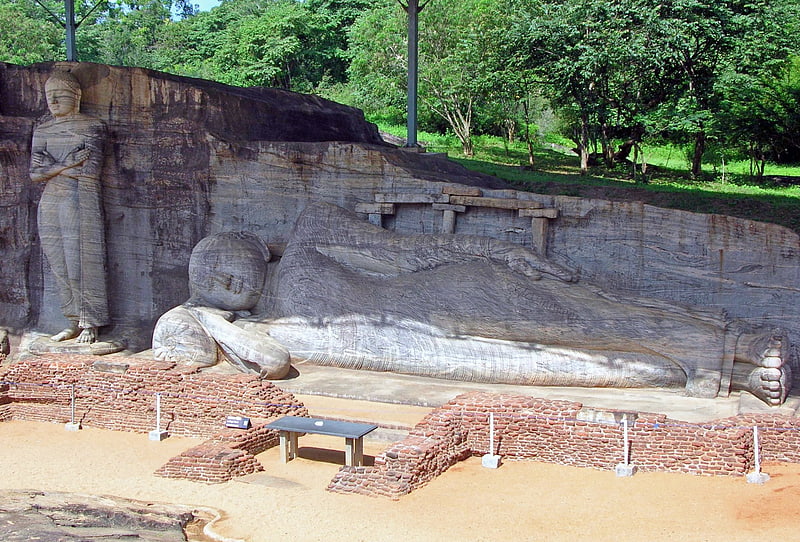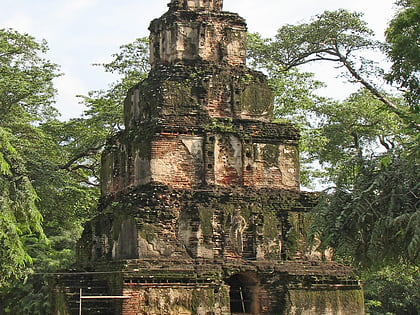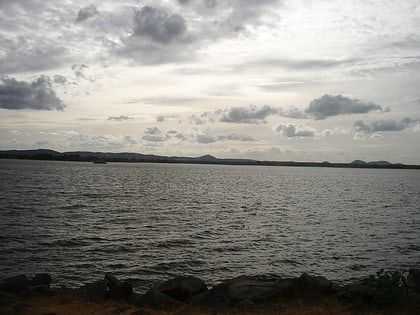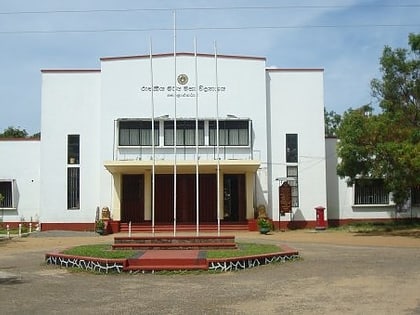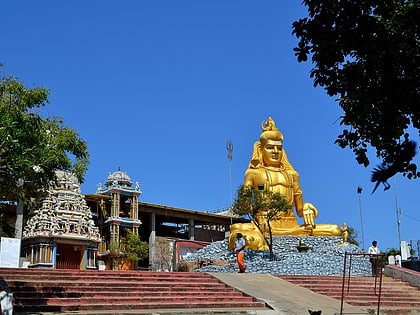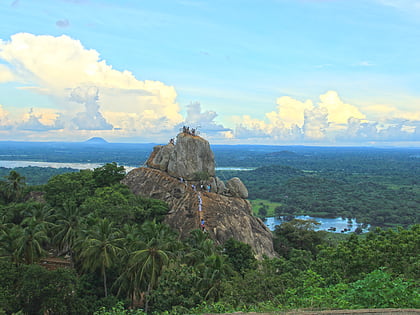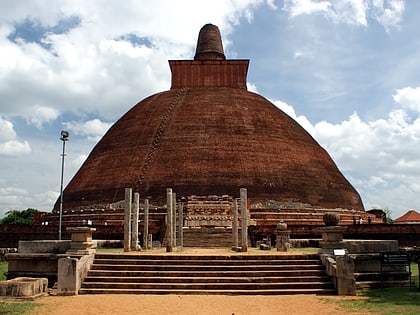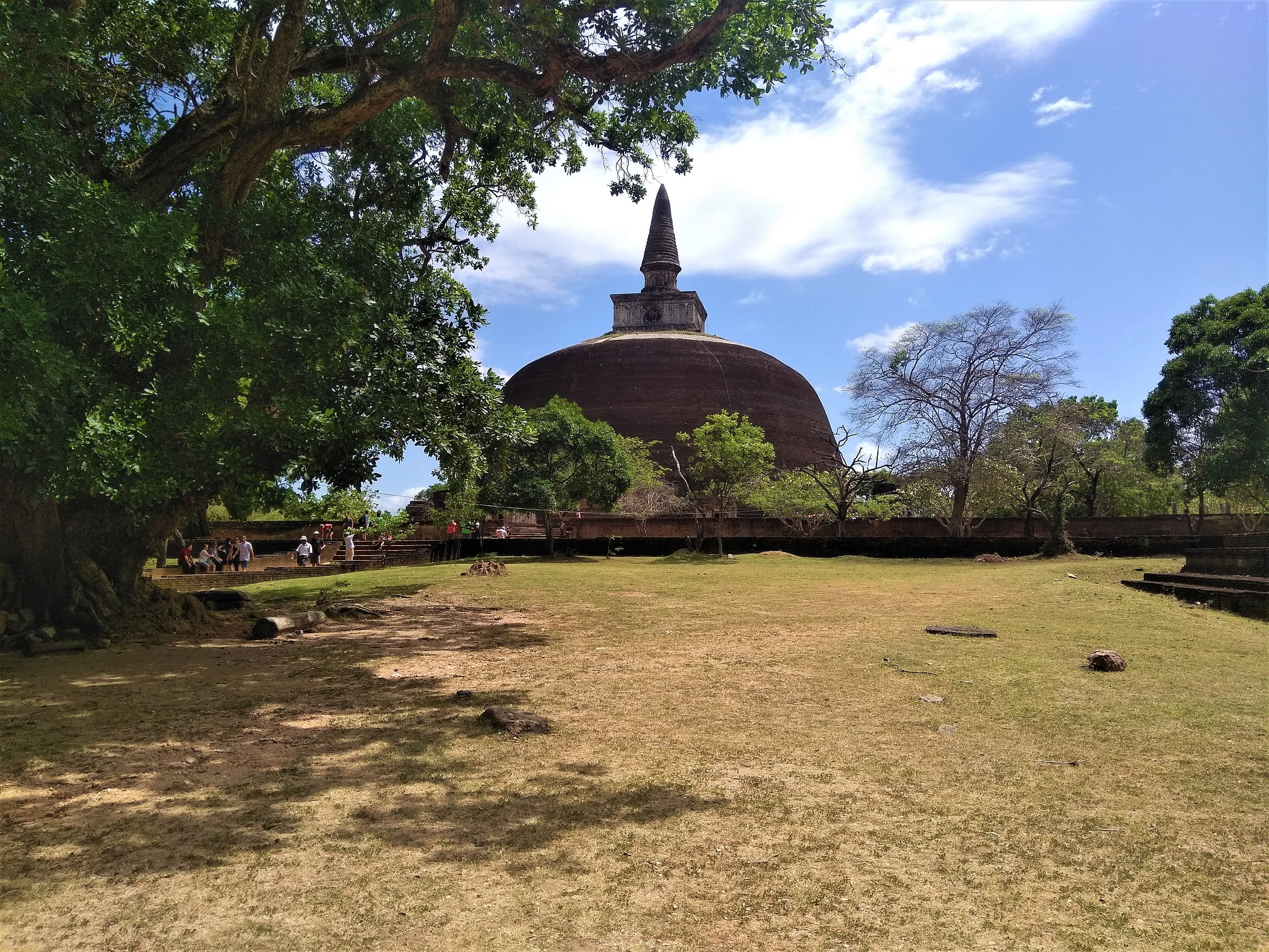
Polonnaruwa Travel Guide
Facts and practical information
Nestled in the heart of Sri Lanka, Polonnaruwa remains a testament to the country's ancient grandeur and rich cultural heritage. As the second most ancient of Sri Lanka's kingdoms, this historic city is a UNESCO World Heritage Site, drawing visitors from around the globe who are eager to explore its archaeological treasures and timeless ruins.
Polonnaruwa rose to prominence in the 11th century, succeeding Anuradhapura as the capital of the Sinhalese kingdom. Today, the city's well-preserved ruins offer a window into a past era of prosperity and architectural ingenuity. The archaeological park, brimming with palaces, temples, stupas, and statues, is compact enough to explore on foot or by bicycle, providing an immersive experience for history enthusiasts.
One of the city's most iconic landmarks is the Gal Vihara, a stunning rock temple featuring four colossal Buddha statues, each masterfully carved from a single slab of granite. The statues, which include a reclining Buddha measuring 14 meters in length, are a testament to the artistic talent of the Polonnaruwa period.
Another highlight is the Polonnaruwa Vatadage, an ancient structure believed to have housed the Sacred Tooth Relic of the Buddha. Its intricate stone carvings and the harmonious blend of symmetrical design make it a pinnacle of Sri Lankan architecture. The nearby Rankot Vihara, a massive stupa standing at 55 meters, is one of the city's most imposing structures and a must-see for visitors.
Beyond its historical significance, Polonnaruwa is surrounded by natural beauty. The Parakrama Samudra, a vast man-made reservoir, is a testament to the advanced irrigation systems of ancient Ceylon. The reservoir provides a picturesque backdrop for the ruins and is a habitat for various bird species, making it an excellent spot for bird-watching.
Travelers to Polonnaruwa can also engage with the local culture by visiting the Polonnaruwa Museum, where a collection of artifacts and informative displays offer deeper insight into the city's past. Furthermore, the nearby Minneriya National Park offers wildlife safaris, where visitors can witness the famous Asian elephants in their natural habitat, particularly during the annual 'Elephant Gathering'.
Polonnaruwa's cuisine reflects the rich tapestry of Sri Lankan flavors, with rice and curry dishes featuring prominently. Visitors can savor traditional meals at local eateries, enhancing their cultural exploration of this ancient city.
Polonnaruwa Attractions - What to See and Explore
Polonnaruwa offers many attractions and places to visit. Here are the most important ones: Gal Vihara, Satmahal Prasada, Rankoth Vehera, Nissanka Latha Mandapaya. Below you will find a complete list of places worth visiting.
Polonnaruwa – popular in the area (distance from the center)
In the vicinity of Polonnaruwa, it's worth seeing attractions such as: Koneswaram temple (Trincomalee), Hunnas Falls (Matale), Mihintale (Anuradhapura).
Best Time To Visit Polonnaruwa
Learn when is the best time to travel to Polonnaruwa weather-wise and what to expect in each season.
